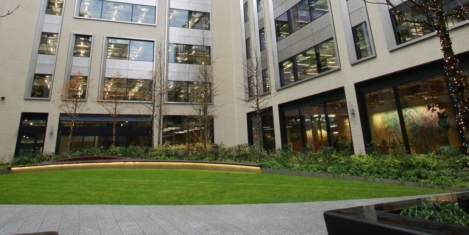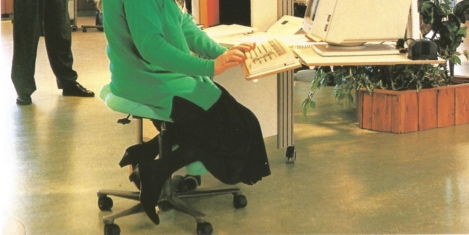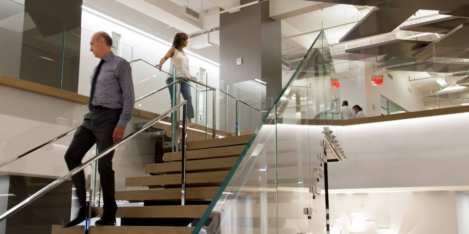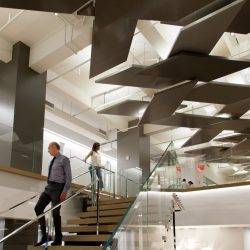July 5, 2018
IFMA and RICS collaboration announces new board members
 The International Facility Management Association UK Chapter has confirmed four new appointments to its Board of Directors, further strengthening its ties with the RICS FM Professional Group as part of the collaboration between what is claimed to be the world’s two largest organisations representing the profession. Joining the IFMA UK Board are four members of the RICS FM Professional Group Board including Rory Murphy FRICS, Commercial Director at VINCI Facilities and RICS World Regional Board Member for UK & Ireland. Murphy is joined by Dennis Markey FRICS, Chief Executive Officer at Gen2 Property, Paul Bagust, Global Property Standards Director for RICS and Stephen Shallcroft FRICS, Director Corporate Real Estate at ARCADIS.
The International Facility Management Association UK Chapter has confirmed four new appointments to its Board of Directors, further strengthening its ties with the RICS FM Professional Group as part of the collaboration between what is claimed to be the world’s two largest organisations representing the profession. Joining the IFMA UK Board are four members of the RICS FM Professional Group Board including Rory Murphy FRICS, Commercial Director at VINCI Facilities and RICS World Regional Board Member for UK & Ireland. Murphy is joined by Dennis Markey FRICS, Chief Executive Officer at Gen2 Property, Paul Bagust, Global Property Standards Director for RICS and Stephen Shallcroft FRICS, Director Corporate Real Estate at ARCADIS.

























 There have already been warnings from workplace experts that the legal profession isn’t one to choose for those starting out on their careers as it’s ripe for automation, and a new survey claims these changes are happening fast. According to a survey of over a 100 law firms by CBRE, nearly half (48 percent) are already utilising Artificial Intelligence (AI) and a further 41 percent have imminent plans to do so. Of the firms already employing AI, 63 percent of firms are using it for legal document generation and review, and the same proportion for e-discovery. Due diligence (47 percent) and research (42 percent) were also common applications, along with compliance and administrative legal support (each 32 percent). The use of AI will affect employment levels, with the greatest impact predicted at the junior and support levels, where nearly half (45 percent) of firms believing that there will be a reduction in headcount. In contrast, only 7 percent of firms believe that senior headcount levels will be reduced.
There have already been warnings from workplace experts that the legal profession isn’t one to choose for those starting out on their careers as it’s ripe for automation, and a new survey claims these changes are happening fast. According to a survey of over a 100 law firms by CBRE, nearly half (48 percent) are already utilising Artificial Intelligence (AI) and a further 41 percent have imminent plans to do so. Of the firms already employing AI, 63 percent of firms are using it for legal document generation and review, and the same proportion for e-discovery. Due diligence (47 percent) and research (42 percent) were also common applications, along with compliance and administrative legal support (each 32 percent). The use of AI will affect employment levels, with the greatest impact predicted at the junior and support levels, where nearly half (45 percent) of firms believing that there will be a reduction in headcount. In contrast, only 7 percent of firms believe that senior headcount levels will be reduced.








June 28, 2018
Ten demonstrable truths about the workplace you may not know
by Kerstin Sailer • Comment, Facilities management, Features, Workplace design
(more…)